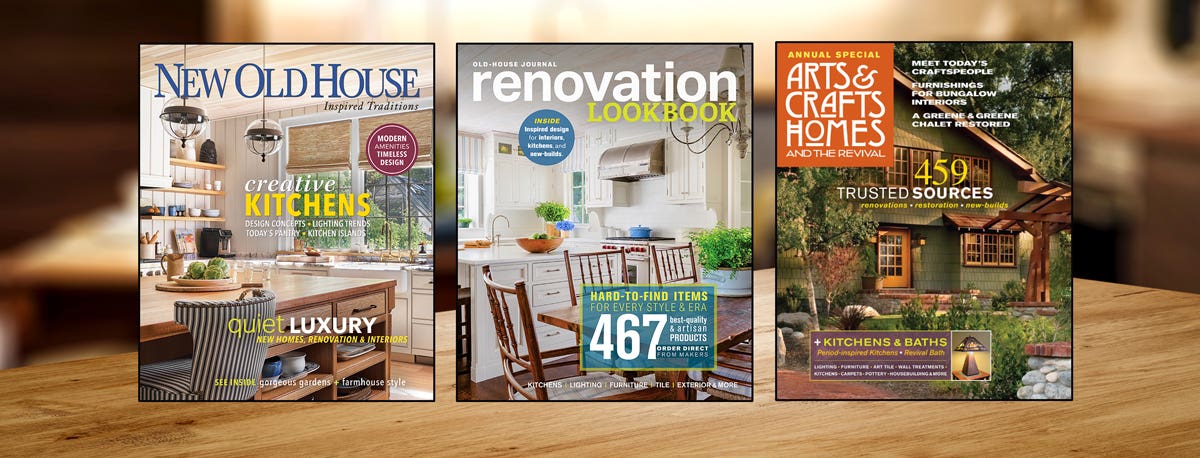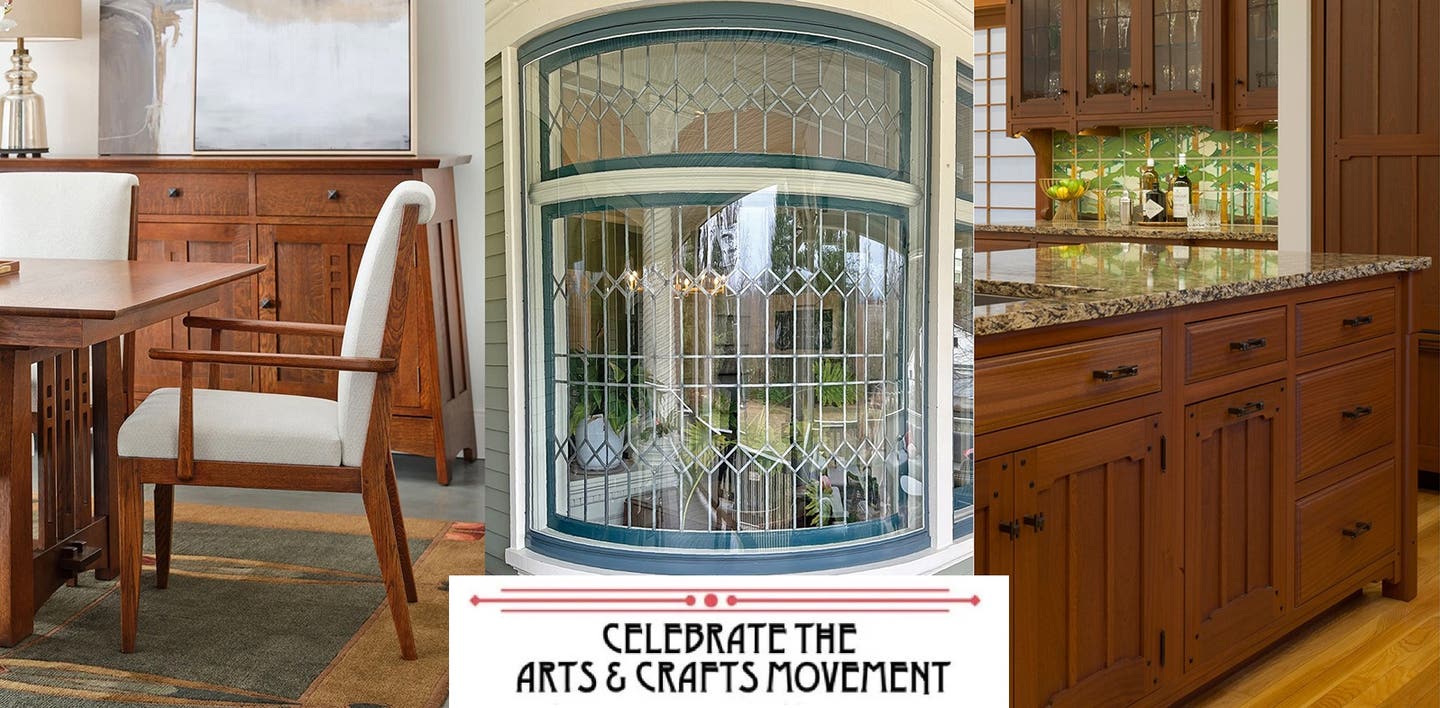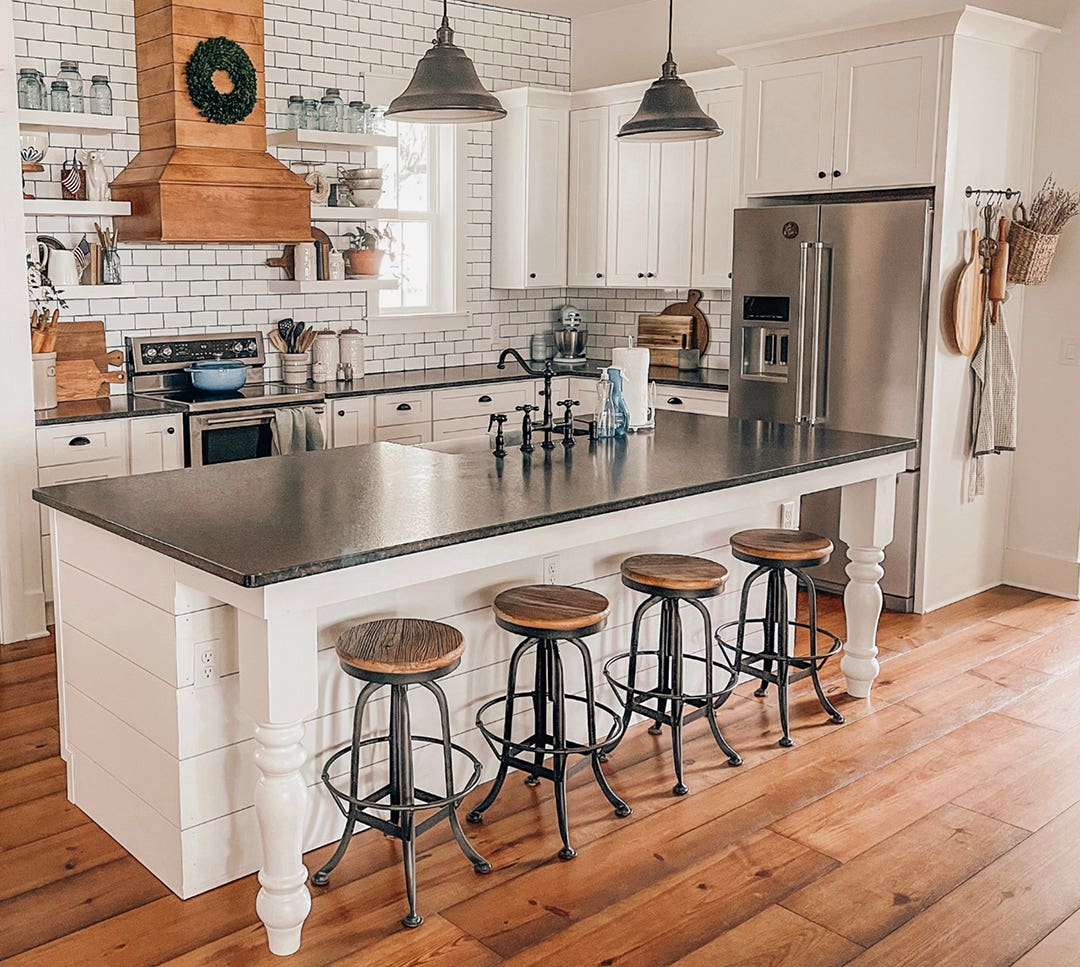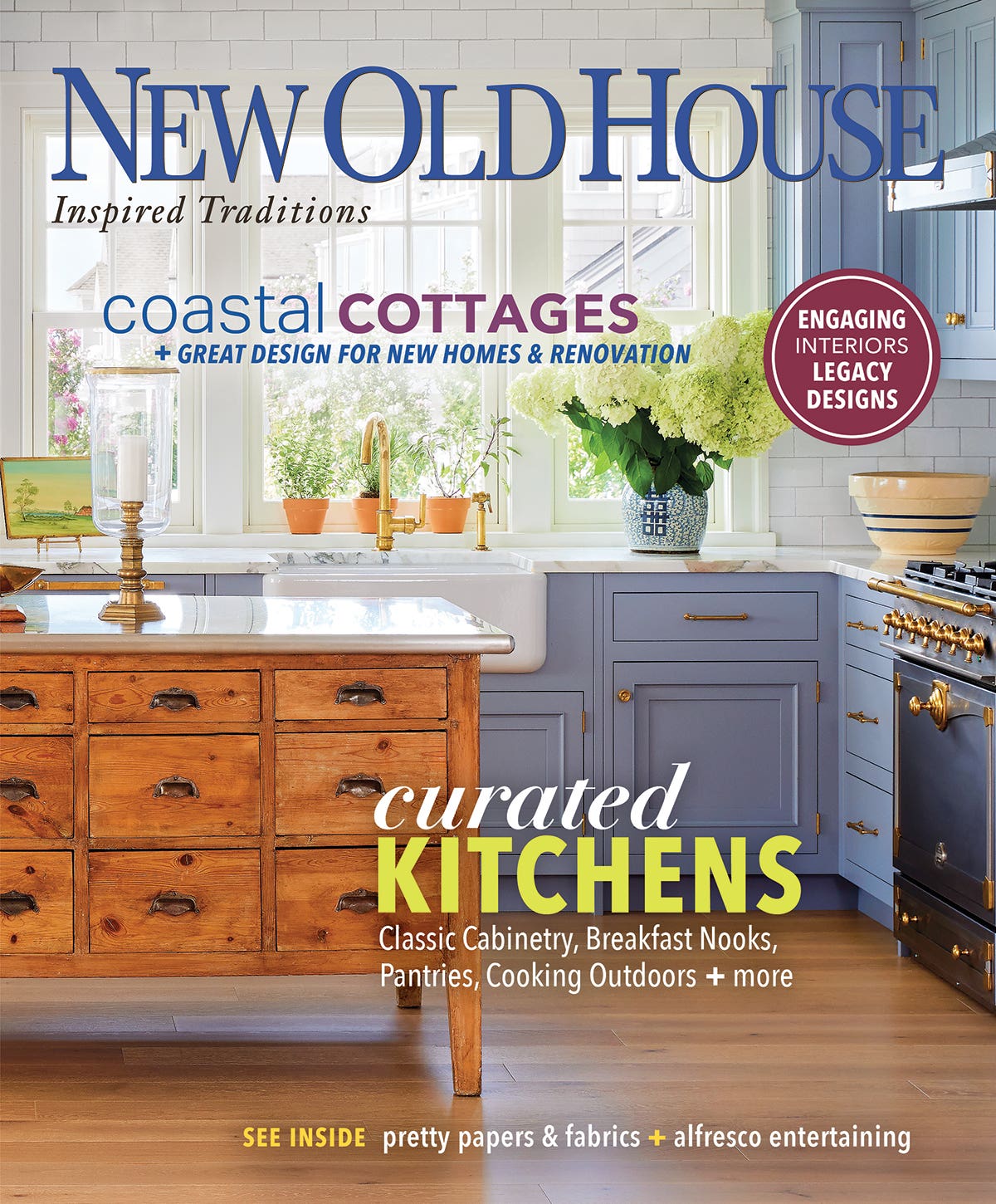Our Acquired Taste
This issue strikes me as particularly art-filled, which has me thinking about what makes an artful home. Perhaps it’s not only what we add, but also what we don’t remove….
This issue strikes me as particularly art-filled, which has me thinking about what makes an artful home. Perhaps it’s not only what we add, but also what we don’t remove. Comfort is important, too: the art of living weighs into our perception. My favorite interiors are those lived in and handed down. Rooms allowed to show signs of age bear witness to lives that went before. Stories are embedded in floorboards more worn than the rest, in fabrics grown threadbare where they were most often touched.
One advantage of a timeworn room is how it can hold a wide-ranging mix of furniture and objects. The antiquated and the modern may be composed into an artful and soulful whole that continues to evolve. No need for total redecorating every decade. But showing your age is unpopular in America, less so in Europe. Remodelers armed with affordable modern materials rush in to “improve,” erasing the past. The purposeful aged interior allows an appreciation of time passing—combining a tolerance of the worn, a respect for the old or original, and a nonchalant embrace of what’s necessary for expectations today.
I’m not alone in these subversive ideas. Photographers Steve Gross and Susan Daley have made a career looking for the unretouched. (See Old Houses, Farmhouse Revival, Old Florida, and Historic Charleston, among others.) Londoners Robin Forster and Tim Whittaker wrote The Well-Worn Interior, a book depicting “faded and gently decayed interiors: peeling paint, damaged floors, and other testaments to history.”
Searching for clues in our own restorations, who among us hasn’t wished to find houses where little has changed? We go on house tours, visit museum homes, read books. We try to spot the odd architectural detail. The most important lesson might be that those houses we love best are eccentric, and imperfect, full of unscrubbed evidence and therefore filled with life. Perception and then intentions change. We’re more likely to use materials that have longevity and that acquire patina, like tile and hardwood. We try to make a house that will age well.
Patricia Poore is Editor-in-chief of Old House Journal and Arts & Crafts Homes, as well as editorial director at Active Interest Media’s Home Group, overseeing New Old House, Traditional Building, and special-interest publications.
Poore joined Old House Journal when it was a Brooklyn-brownstoner newsletter in the late 1970s. She became owner and publisher and, except for the years 2002–2013, has been its editor. Poore founded the magazines Old-House Interiors (1995–2013) and Early Homes (2004–2017); their content is now available online and folded into Old-House Journal’s wider coverage. Poore also created GARBAGE magazine (1989–1994), the first unaffiliated environmental consumer magazine.
Poore has participated, hands-on, in several restorations, including her own homes: a 1911 brownstone in Park Slope, Brooklyn, and a 1904 Tudor–Shingle Style house in Gloucester, Massachusetts, where she brought up her boys and their wonderful dogs.







